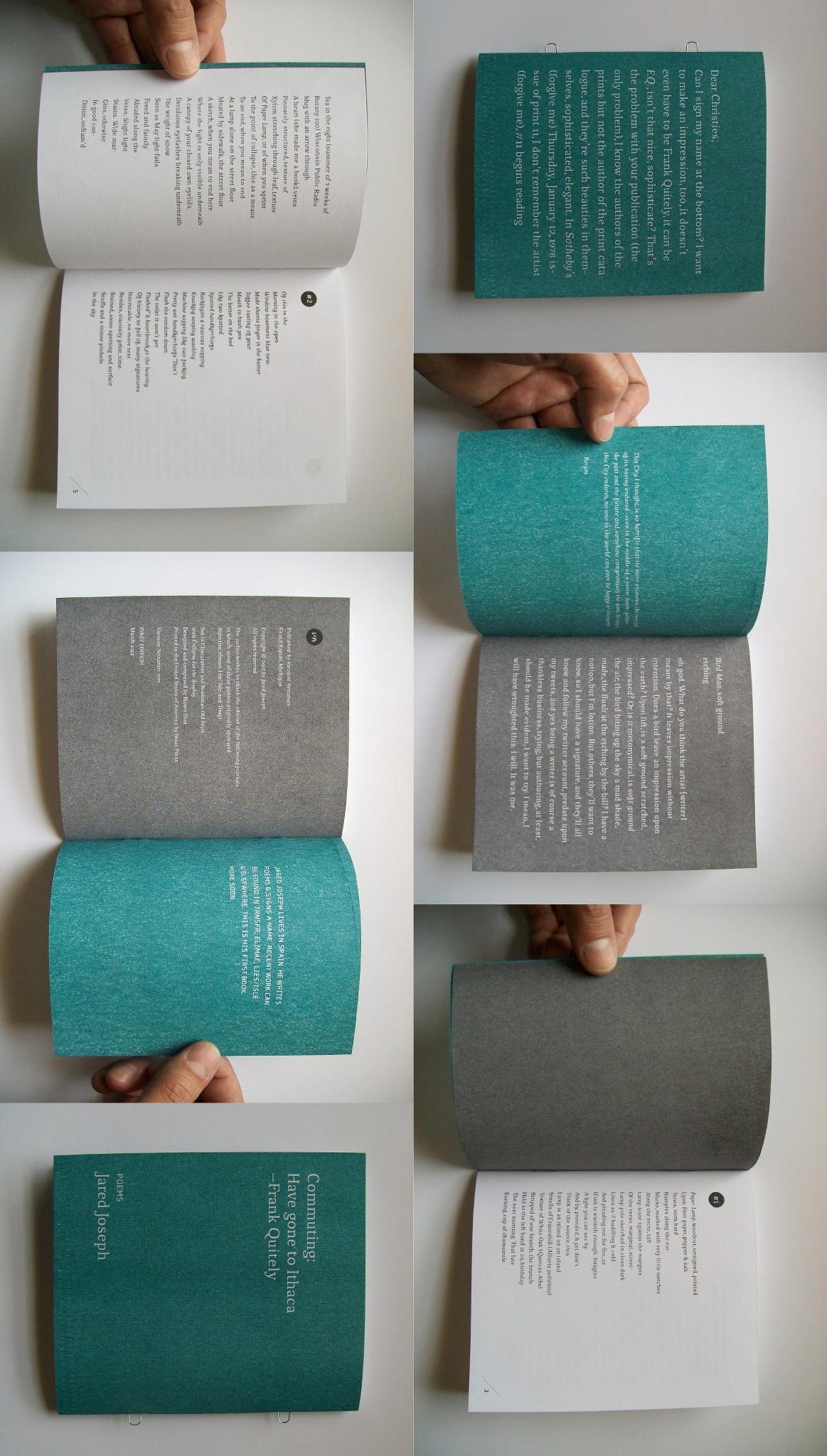In this blog post, Christine Truong, Art Editor for Issue 9 of Superstition Review, describes her experience as an undergraduate intern. Christine is majoring in English Literature and minoring in Art History at Arizona State University. Superstition Review is ASU’s online literary magazine, which publishes Art, Fiction, Interviews, Nonfiction, and Poetry twice a year in December and April. They also report on literary and art news on their Blog, Facebook, and Twitter.
It’s 6:30. Jack and I are in the car, heading west on Ray. We are driving to Superstition Review’s launch party. I enter the address into my GPS.
“I thought you said it would only take ten minutes,” I said to Jack. “Garmin says it’ll take twenty.”
I need to go over my presentation. Each of the undergraduate interns has been asked to talk about their favorite work from Issue 9. What could I say that would be different and thoughtful?
That’s the thing about Superstition Review. It places me in direct contact with living artists. I talk to them, send them e-mails, accept their work or turn their work away. I’m no longer detached—the fourth wall broken. Artists and writers of prose and poetry are in front of me. I interact with them as human beings, not as faceless names in a textbook whose work I am asked to analyze.
I’ve always known that crafting something meaningful takes time. But when so much of my interaction with poetry and art takes place in a classroom (in anthologies, art books, and so on) there is the sense that art just happens. In textbooks and in classrooms, works of art become mythical objects, removed from the artist’s process of creation. Students are taught how to appreciate art, but frequently there is no adequate stress on how difficult (painful even) the process of creation can be. Students don’t often realize that John Milton spent most of his life preparing for his magnum opus, Paradise Lost, or that Elizabeth Bishop’s “Moose” took 26 years to write.
Because students don’t realize how long something can take to create, they work with the mentality that some people are blessed by creativity and some aren’t. They believe that creativity is a gift that is intrinsic to a person, and is almost biological. For students, this mentality can be crippling. If a student sits to write, and cannot immediately write anything good, it must be because she isn’t creative enough or inspired enough. Creating art is no longer a process, but a gift that will disappear if the ideal conditions aren’t in place.
My internship at Superstition Review came at a unique time in my life. I initially inquired about working for the magazine because I knew I needed to take my own writing more seriously. Through my time as editor, I began to see a shift in my own thinking.
After working at Superstition Review, I now see that there is something unmistakably “real” and “attainable” about creativity. I now know—I don’t just believe—that creating beautiful things involve a process. There is nothing more meaningful than the days, oftentimes, months and even years, artists devote to their art. For young writers like me, it is that devotion, that time sacrificed, that is more valuable than anything else. Superstition Review doesn’t just connect students to living artists. It reintroduces students to the process of creation, reminding us to read, and more importantly, experience art more slowly.



[…] Guest Post: Christine Truong of Superstition Review – Used Furniture Review. […]